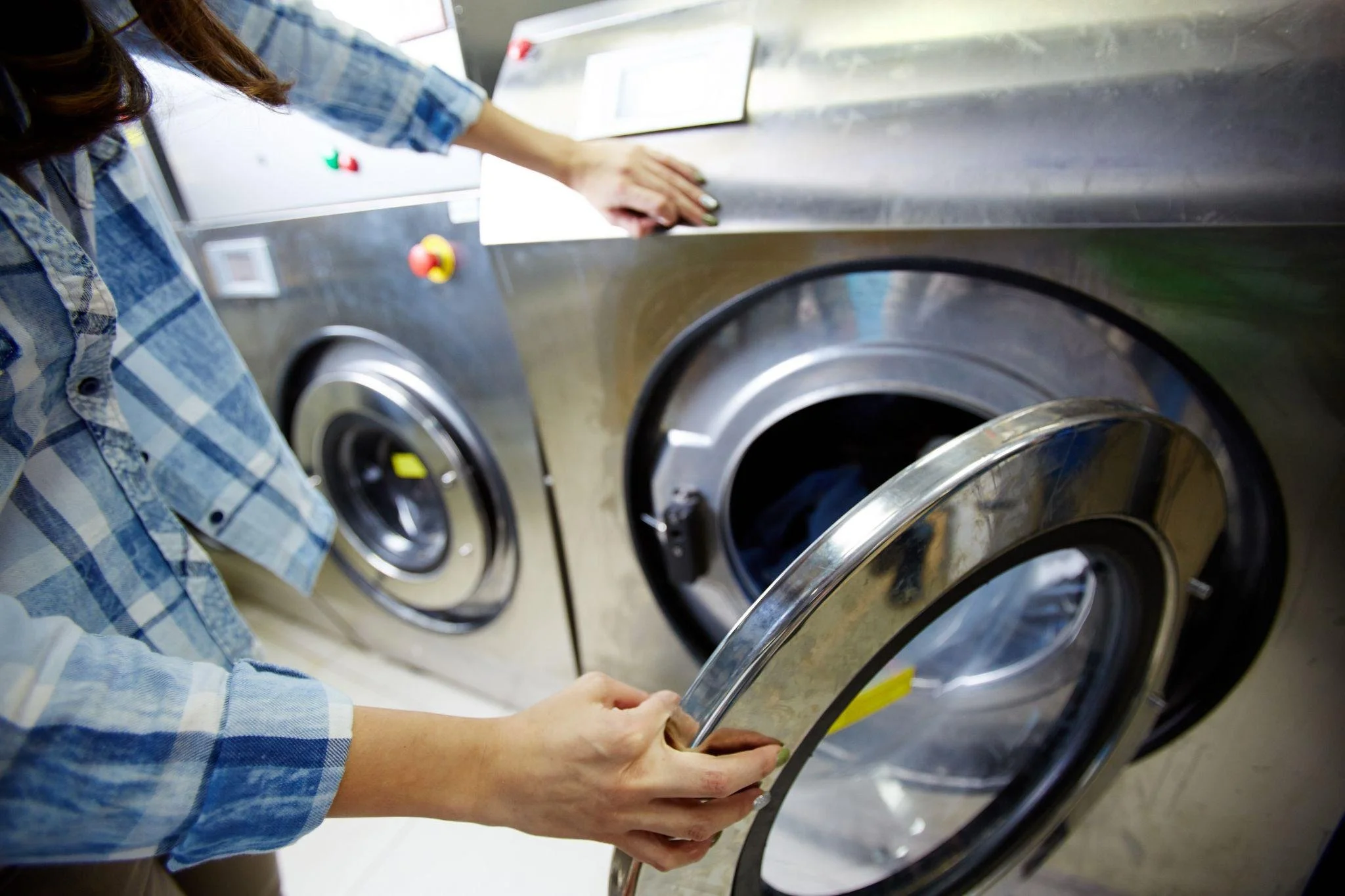What Are the Dos and Don'ts of Laundromat?
A laundromat is like a communal stage where everyone plays their part in a shared performance. To guarantee your act goes smoothly, it's vital to know what to do and what to avoid. From sorting your laundry to cleaning up after yourself, every step matters. But what happens if you overlook these simple guidelines? The outcome could surprise you, so let's explore the essential dos and don'ts that can make your experience seamless.
Do Sort Your Laundry by Color and Fabric Type
When you sort your laundry by color and fabric type, you're not just keeping things organized; you're also protecting your clothes from damage. Dark colors can bleed onto lighter fabrics, leading to stains you can't easily remove. By separating whites, darks, and colors, you guarantee each load gets the care it needs.
Fabric type matters too. Delicate items like silk or lace require gentler cycles, while sturdier fabrics like denim can handle more aggressive washing. Mixing these can lead to wear and tear on your delicate pieces.
Additionally, sorting helps you choose the right water temperature and detergent. Cold water is great for colors, while hot water can effectively clean whites.
Don't Overload the Washing Machines
Overloading the washing machines can lead to a laundry disaster. When you stuff too many clothes into one machine, it can't clean your items properly. Soap won't circulate effectively, and dirt gets trapped in the fabric. As a result, you might end up with clothes that smell worse than when they went in.
Additionally, overloading can strain the machine, leading to potential breakdowns. You don't want to be that person who breaks a machine and faces repair costs or a long wait for service.
To avoid this, follow the machine's load capacity guidelines. If you're unsure, err on the side of caution and do smaller loads. Your clothes will thank you, and you'll save time on re-washes.
Do Use the Right Detergent and Fabric Softener
Using the right detergent and fabric softener is essential for achieving fresh, clean laundry.
Start by choosing a detergent that suits your fabric types and washing needs. For delicates, opt for a gentle formula, while heavy-duty detergents work best for tough stains. Always check the labels and follow the recommended amounts—using too much can leave residue on your clothes.
Fabric softeners can enhance softness and reduce static, but they're not for every wash. If you're washing towels or athletic wear, skip the fabric softener, as it can affect absorbency and moisture-wicking properties.
If you have sensitive skin, consider hypoallergenic options to avoid irritation.
Remember, using the right products not only improves your laundry's cleanliness but also extends the life of your clothes.
Don't Leave Your Clothes Unattended
While it might be tempting to run errands or relax while your laundry is in the machine, leaving your clothes unattended can lead to a host of problems. You risk someone else taking your machine or, worse, your laundry.
If you leave your clothes in the washer too long, they might develop a musty smell, and wet clothes can create a mess if they overflow.
Also, keep in mind that laundromats often have a time limit for how long machines can be occupied. If you're not there, staff might remove your items to make room for others. This could result in lost or misplaced laundry.
To avoid these issues, stay close by and keep an eye on your belongings. Use this time to read a book or catch up on your phone. It's better to be present than to deal with the consequences of unattended clothes.
Do Clean Up After Yourself
Cleaning up after yourself is essential in a laundromat, and it only takes a few minutes to make a big difference.
Keeping the space tidy not only shows respect for others but also helps maintain a pleasant environment for everyone.
Here are a few quick things you can do:
Wipe down machines after use to remove lint or detergent spills.
Dispose of trash properly, including empty detergent containers and dryer sheets.
Fold your clothes neatly before leaving to minimize clutter.
Return carts and baskets to their designated areas.
Report any spills or messes to the staff so they can address them promptly.


